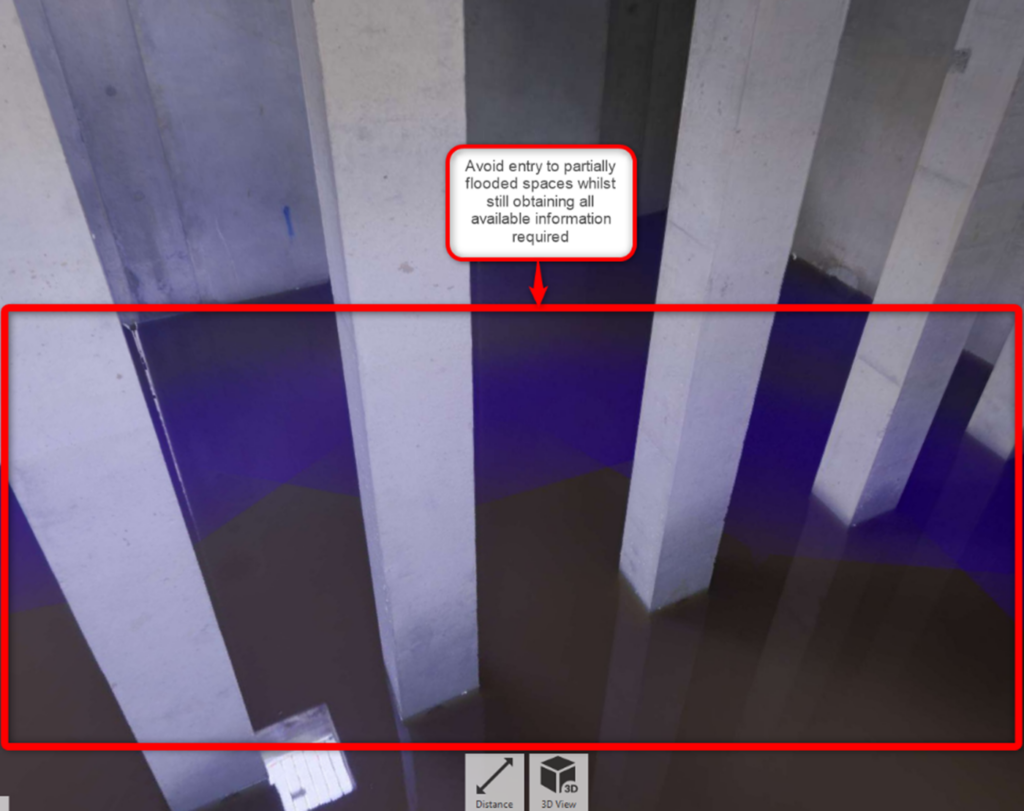In the dynamic world of construction, safety isn’t just a checkbox— it’s an indispensable commitment every company must uphold. At Glanua it’s a little more – it’s a driving force that intersects with our passion for innovation and digital transformation. We’re continually exploring how digital tools enhance our site safety and elevate our client delivery.
While the market offers cutting-edge tools, it’s crucial to maximise your current toolkit before investing in bespoke solutions. At Glanua, we continually evaluate and optimise our primary digital tools, seeing them as transformative elements shaping our commitment to quality.
In this Digital Transition series, we unveil how we leverage these innovations to fortify health and safety across our projects.
1. Virtual Reality (VR): Immersing in Safety
Imagine strapping on a VR headset for safety training – beyond the initial self-consciousness, you would quickly realise, it’s a game-changer. VR immerses our workers in controlled environments, allowing them to prepare for potential hazards and emergencies, whether they are graduates or experienced team members. We employ this tech to bring hazard awareness to new team members, offering a lifelike simulation that turns theoretical safety talks and plans into life-saving knowledge.
2. Drones: A Bird’s-Eye View for Safety
Drones, now readily available, provide high-quality imagery and aerial inspections of construction sites pre-work. This not only boosts efficiency but also minimises on-site risks, ensuring comprehensive inspections without endangering our workforce.
3. Mobile Applications: Allies in Safety
In an era of ubiquitous smartphones, mobile apps serve as indispensable safety allies. Our Common Data Environment (CDE) emphasises collaboration, by using the BIM 360 app to centralise Health and Safety Observations, any of our team can record their observations at any time. This fosters transparent communication between site operatives, supervisors, and office-based staff, facilitating instant reporting of concerns or incidents. This data is automatically extracted to data dashboards to serve as a focal point for improving how we work.
4. Cloud-Based Platforms: Safety’s Digital Frontier
The era of paper-based safety documentation is fading fast. Our digital cloud-based platforms streamline safety documentation distribution and compliance verification. This dual strategy aims to reduce waste while ensuring critical information is instantly accessible to anyone who needs it.
5. Point Cloud Scanner: Precision in Safety
The Point Cloud scanner, a high-end tool in our collection, provides a clear picture of site constraints, aiding design on brownfield sites. It also records site progress and verifies the Project Information Model throughout construction and handover. For Health and Safety, it helps circumvent confined space entry by offering precise three-dimensional representations for comprehensive inspections.
Stay tuned for more insights as we continue to share how Glanua integrates digital tools and processes into our daily operations to ensure project delivery efficiency for our clients and the well-being of our invaluable workforce.



Author: Jonathan Grimes – BIM & Digital Construction Lead at Glanua

Throughout his 15+ year career in the construction industry, Jonathan has consistently aimed to strengthen his professional journey with a robust academic foundation. Acquiring a PGdip. in Applied Building Information Modelling & Management from the Technical University Dublin, a BSc. in Civil Engineering & Project Management from the Technical University of the Shannon, and a Cert Engineering in Civil Engineering from Limerick Institute of Technology, his focus has centered on Digital Project Delivery and BIM since 2012.
As a certified BIM Manager by RICS and an Autodesk certified professional, Jonathan sees these credentials as essential in staying abreast of evolving industry standards and practices within this dynamic landscape.
His experience has translated seamlessly into his current role as Digital Lead within Glanua’s technical department. Here, he actively contributes to driving digital project delivery and BIM, aligning technological advancements with project objectives. These competencies have led him to contribute significantly to several flagship projects and engage in influential focus groups such as the BIM for Water task group and CITA regional events.
Jonathan’s unwavering belief lies in the imperative nature of digital adoption and collaborative delivery to lead the construction sector into a more sustainable future. He is convinced that achieving this goal requires leveraging digital processes, technology, and expertise to foster innovation, streamline efficiency, and maintain quality across a diverse project portfolio and client requirements.
